Can you guess what it is? Yes, it’s a wall called “Namako wall”, but this is typical Japanese traditional outer wall which has long been used for storehouse as granary which is storage facility or grain for animal feed.
Namako wall or Namako-kabe (sometimes misspelled as Nameko、a kind of mushroom) is a Japanese wall design widely used for vernacular houses, particularly on fireproof storehouses by the latter half of the Edo period.
The namako wall is distinguished by a white grid pattern on black slate. Geographically, it was most prominent in parts of western Japan, notably the San’in region and San’yō region and, from the 19th century, further east, in the Izu Peninsula.
Therefore, except for the above-mentioned areas, the walls disappeared rapidly after the Second World War, it is regrettable that it is very rare to see the Nameko wall lately.
This blog’s writer, I’m from just the central part of Japan, Nagano-prefecture where we seldom see the wall, however, there is one in my mother’s parent house as shown photo below.
Origin of Namako wall
As the base of the external walls of earthen storehouses are vulnerable to physical damage and damage from rain, they are often tiled to protect them.
The exaggerated white clay joints that are a few centimetres wide and rounded on top remind people of namako Sea cucumber.
Modern usage
During the Meiji period (1868–1912) when Japan imported many Western ideas, the namako wall was used in a way that mimicked the “bricks and mortar” style of these countries.
For example, Kisuke Shimizu’s Tsukiji Hotel for foreigners in Tokyo Bay (completed in 1868) had namako walls that stretched from the ground to the eaves。

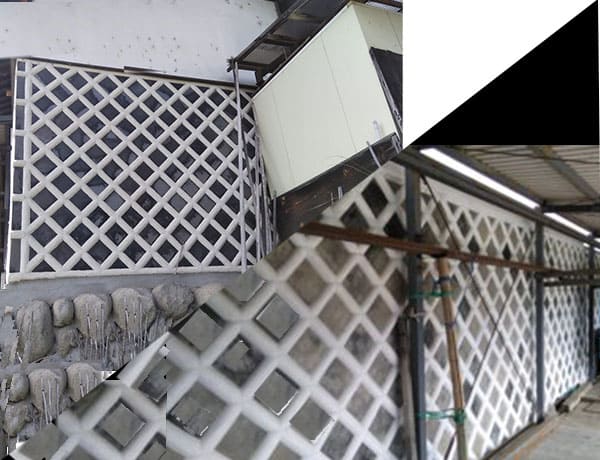
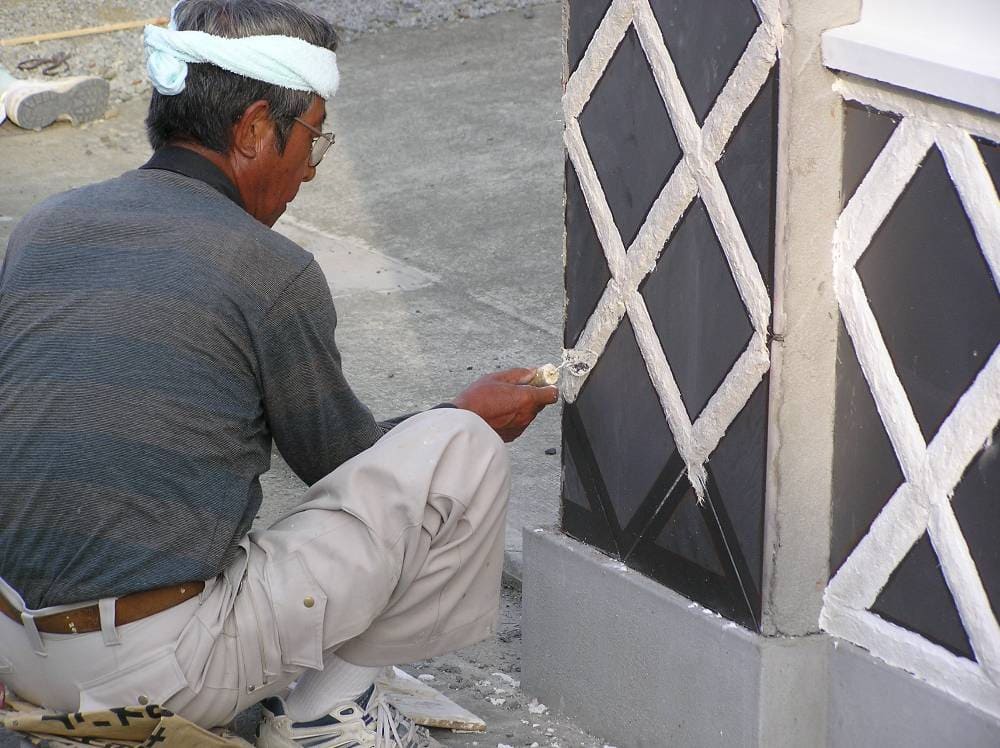
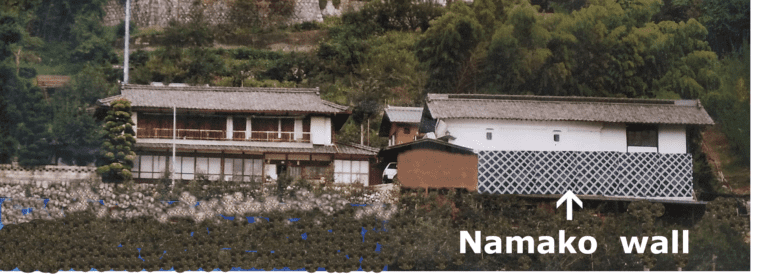
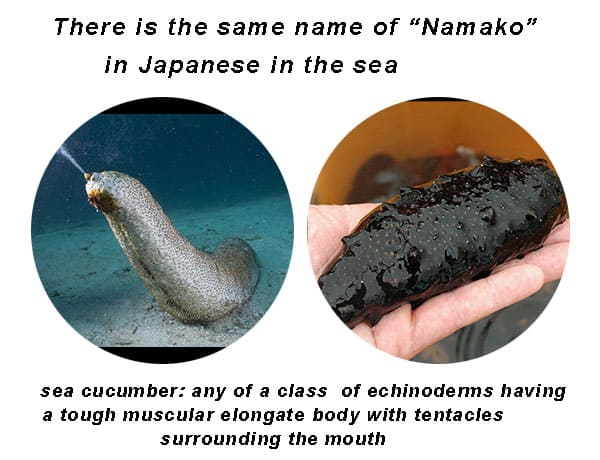
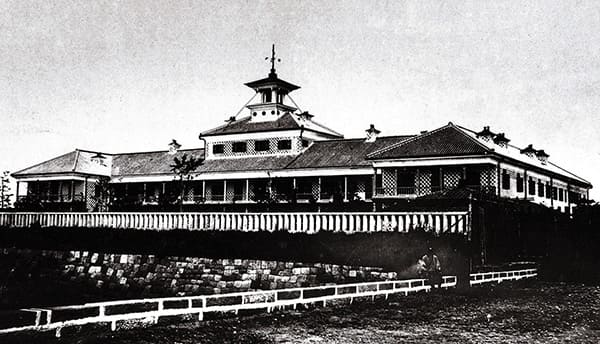






Leave a Comment